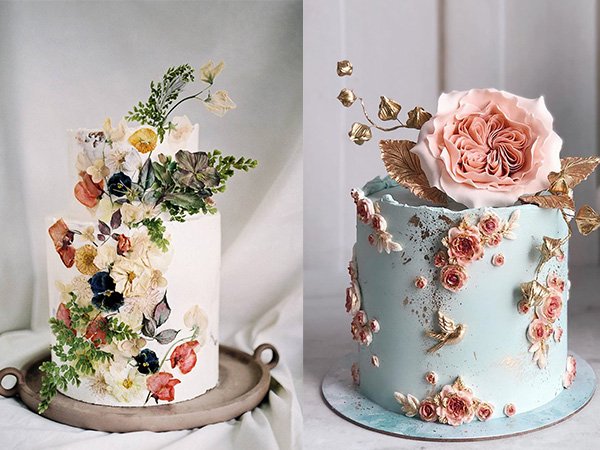Why is gray coverage a task that sometimes even feels impossible? Because gray hair is structurally different from other colors. Usually, it is coarser, wirier and generally less likely to absorb hair dyes, hence the difficulties. Do you want to learn more? Then read on!
Why Is Gray Coverage a Challenge?
Gray hair poses a unique challenge when it comes to coloring due to its distinct physical properties. The hair’s texture changes, becoming coarser and more resistant to dye, which can make achieving even and lasting color more difficult than with non-gray hair. These challenges are compounded by the fact that gray hair lacks the natural pigments found in younger hair, requiring different coloring strategies to achieve full coverage.
Thankfully, the fact that gray coverage is difficult doesn’t mean that it’s impossible. You might need a bit of help from the professionals or specially designed products, but you can cover your grays if you really want to.
The Right Approach to Coloring Gray Hair
How to win the battle against your stubborn gray hair? We’ve got a few tips on proper gray coverage that will help you in the process.
Choose Relevant Products
When coloring gray hair, the choice of the right products is a must. Permanent color pigments are generally recommended for stubborn, resistant grays, as they offer the best chance for full coverage. It’s crucial to select dyes specifically formulated for gray coverage, as these products are designed to penetrate the coarse, resistant structure of gray hair more effectively.
Application Techniques
To ensure even coverage, professionals often recommend starting the coloring process where the grays are most resistant, usually at the front hairline and the natural part. By fully saturating these areas with dye and employing a systematic application technique, you can significantly improve the final outcome of your hair coloring and enjoy a better, if not perfect, coverage.
Heat as an Ally
Applying gentle heat during the coloring process can enhance the dye’s penetration, leading to better coverage of resistant grays. However, it’s important to balance this with care, as excessive heat can damage hair. Use a blow dryer, a cozy shower cap, or a snug towel wrap. This way, you can create the optimal environment for color uptake without harming your hair.
Maintenance and Damage Control
Gray coverage is one thing, but you mustn’t forget maintenance. Incorporating a reparative treatment or a deep conditioning mask following the coloring process will help you mitigate any potential damage caused in the course of the dyeing process.
Additionally, delaying the first wash post-coloring and using color-depositing shampoos or conditioners will extend the lifespan of the color, keeping grays at bay for longer. So, wait a day or two before you wash your hair after covering the resistant grays.
The Takeaway
Effective gray coverage requires a blend of the right products, precise application techniques, and diligent post-coloring care. But you now know exactly what to do and how to do it. So, get your dye and get ready to bid farewell to your resistant grays.



